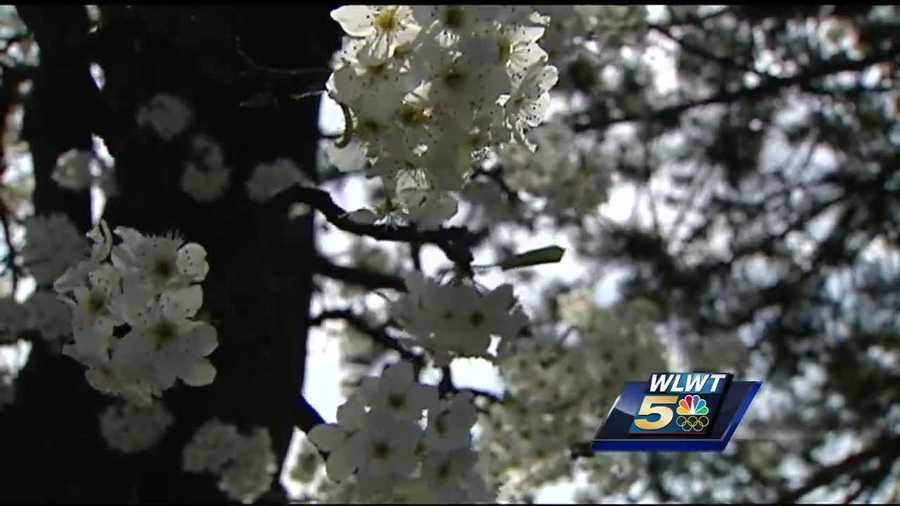Now on invasive species list: Flowering pear tree
New hybrid versions spread quickly, are difficult to remove, experts say
The flowering pear tree is a visual headline signaling the return of spring and approach of summer. But this year, it's making another headline -- as an invasive species.
“I agree they’re really beautiful to look at, but they’re also a really big problem for our environment,” Dr. Theresa Culley with the University of Cincinnati Biological Sciences said.
The trees have started multiplying to the point that they’re taking over fields, and killing out other trees and plants.
There are so many pear trees that they’re now part of Ohio’s invasive species list.
“You’ll see the trees' bright white flowers, but in the underbrush there are many more saplings and seedlings just getting started,” Culley said.
Culley was the scientist who discovered what went wrong.
Pear trees, like Bradford pears, were developed and recommended because they weren’t supposed to cross-pollinate and create new trees.
All Bradfords were cloned and have the exact same DNA.
A few years after they were marketed, people found they split and wanted a stronger pear tree. Others were developed, cloned and sold as stronger types of pears.
Culley discovered it was these different kinds of pears that began to cross-pollinate and then multiply.
The new hybrid versions spread quickly.
The pear tree has a tenacious root system and is very difficult to kill. Removing an entire field of them can be very expensive.
“It’s really the result of unintended consequences,” said Joe Boggs with the Ohio State University Extensive Services.
Boggs says there’s no way to go back and fix the problem.
“They are everywhere and probably the first thing is stop contributing to the problem so stop buying and planting them,” Boggs said.
Besides taking over, there are other environmental concerns yet to be proven.
Scientists know bees are drawn to the trees but don’t know if it’s at the expense of other plants that may need them as well.
“There’s been some suggestion that the species is allelopathic, which means they produce chemicals in the soil that interferes with the ability of other plants to germinate. That’s all preliminary. We’re trying to find out more about that, so there’s a lot more to this story,”


